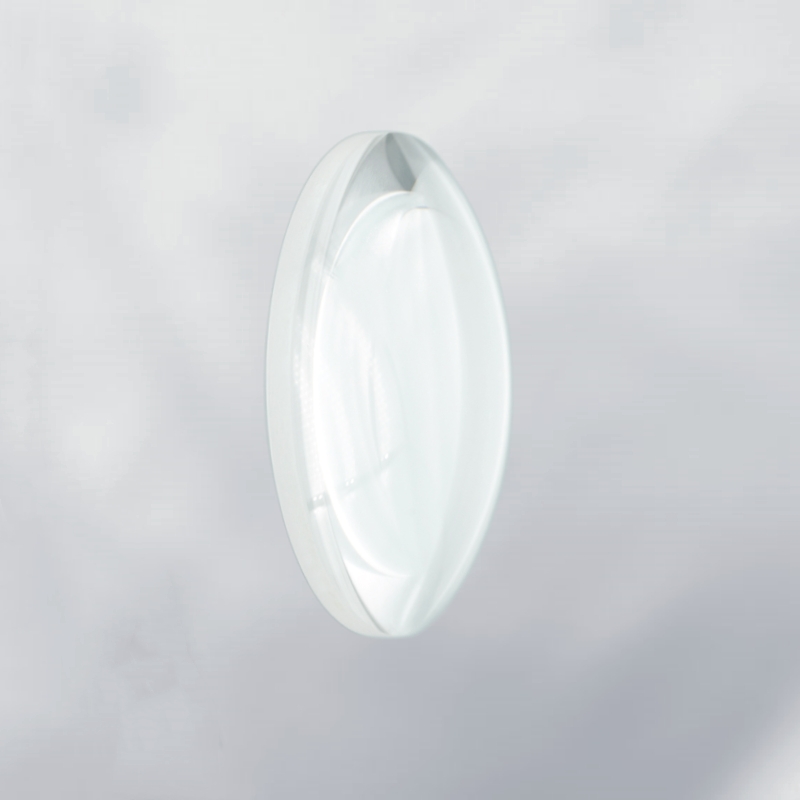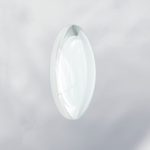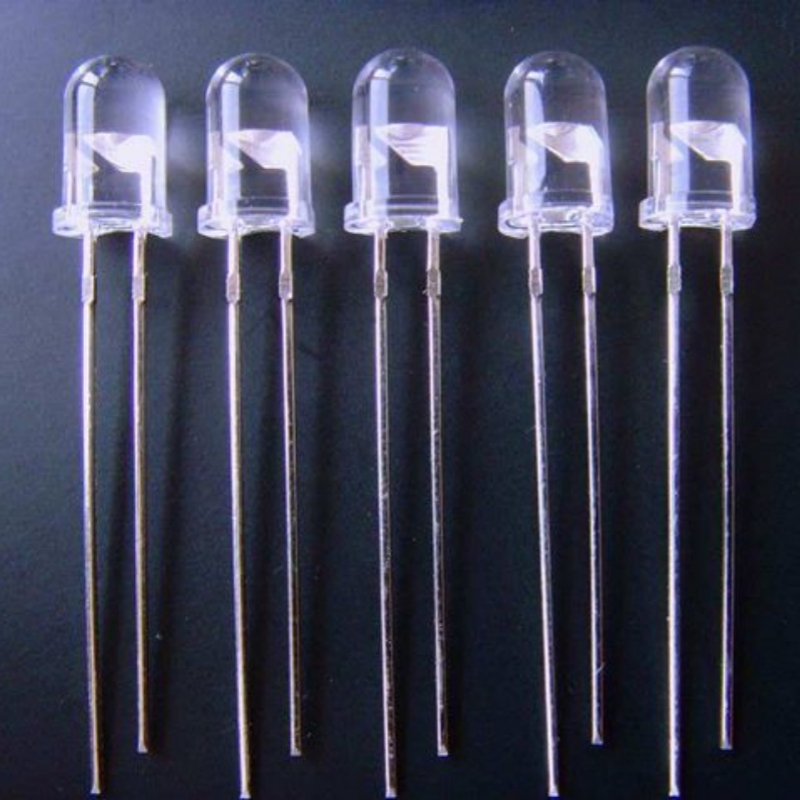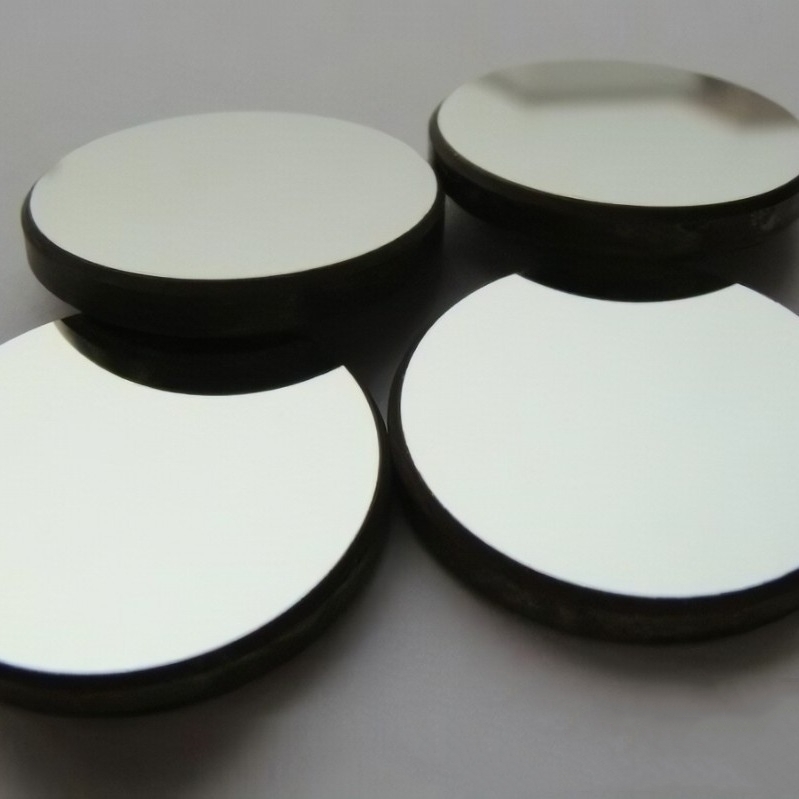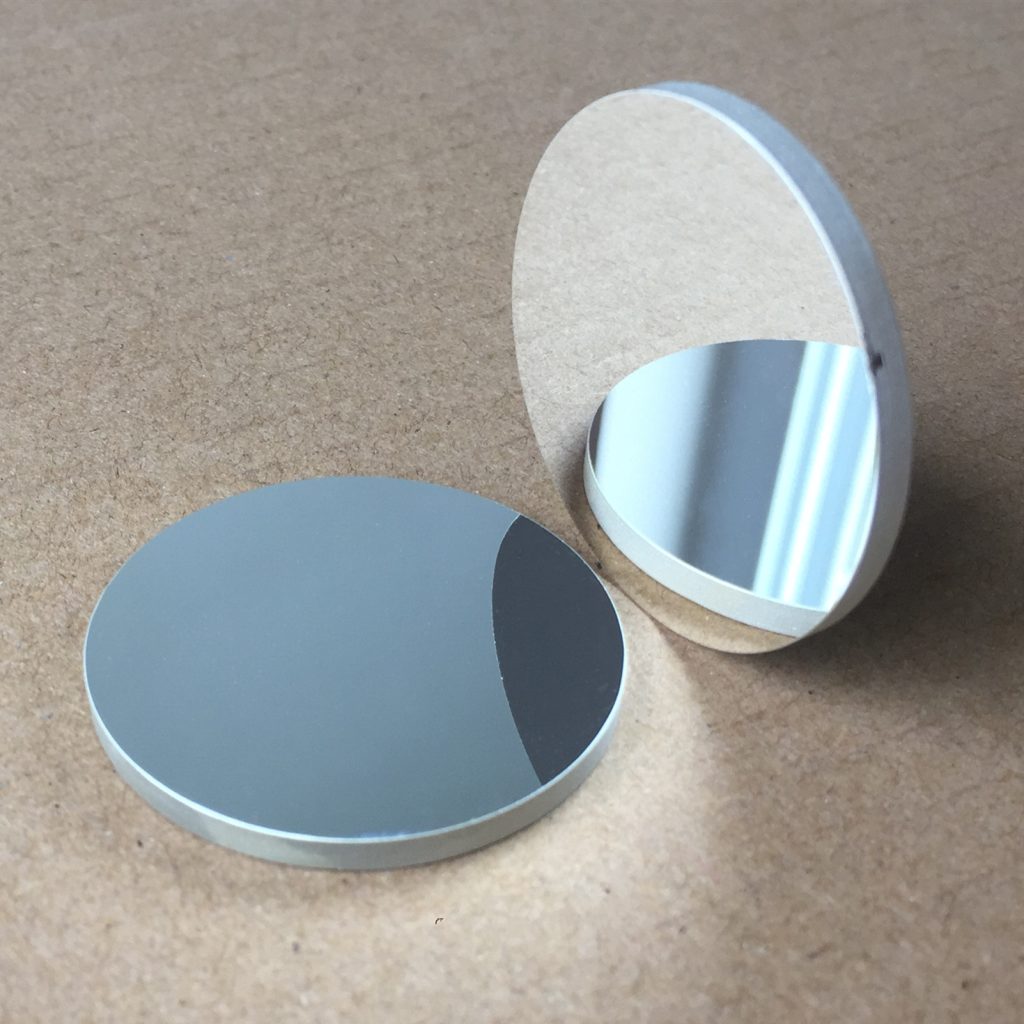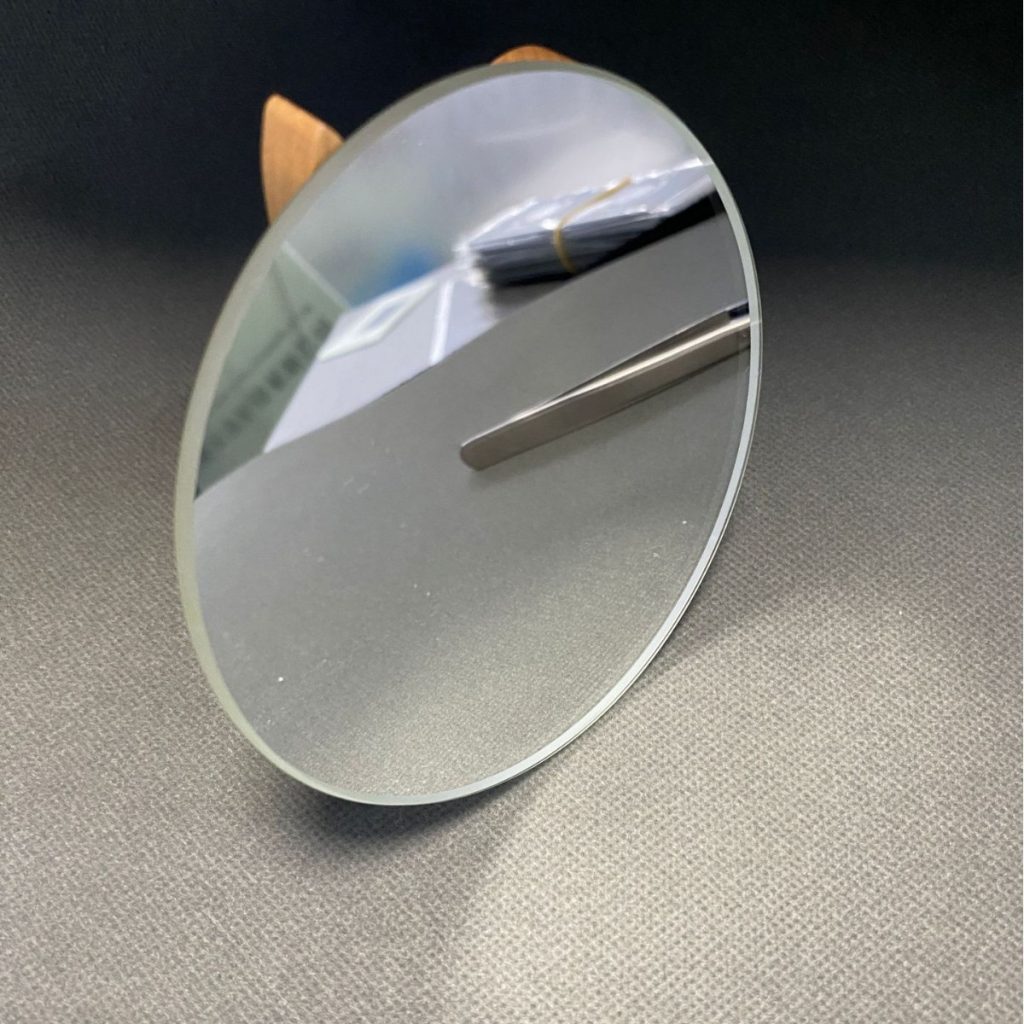Fluorobarium crescent lens is a high-performance optical component designed for specialized light refraction, beam manipulation, and enhanced image correction. Manufactured from high-purity fluorobarium glass, it offers exceptional optical clarity, minimized distortion, and excellent transmission across ultraviolet, visible, and infrared wavelengths. This uniquely shaped lens is widely used in imaging systems, laser optics, industrial applications, and scientific research, ensuring superior optical performance for advanced optical configurations.
Product Overview
The Fluorobarium Crescent Lens is a special optical component made from fluorobarium (BaF₂) material. It features a crescent-shaped structure, with one surface convex and the other concave. This design allows the lens to achieve beam collimation, focusing, and imaging within optical systems. Fluorobarium is known for its excellent optical performance, particularly in the ultraviolet, visible, and infrared wavelength ranges. This crescent-shaped lens finds widespread application in low-temperature imaging systems, aerospace optical systems, and laser optical systems.
Key Features
- High Transparency: Fluorobarium offers exceptional optical transparency, especially in the ultraviolet and infrared ranges, ensuring efficient light transmission in optical systems.
- Outstanding Stability: Known for its high hardness and resistance to mechanical shock, Fluorobarium lenses perform reliably even in extreme environments.
- Thermal Shock Resistance: Fluorobarium maintains stable optical properties even under high and low-temperature conditions.
- Precision Manufacturing: The lens is produced using precision machining and polishing techniques, ensuring high optical surface quality and minimizing light loss.
- Coating Options: The lens can be coated to enhance light transmission, reduce reflection, and minimize light scattering, optimizing optical performance.
Applications
- Low-Temperature Imaging Systems: Used in high-precision low-temperature imaging and detection applications.
- Aerospace Optical Systems: Applied in the optical systems of satellites, spacecraft, and other aerospace vehicles, providing stable optical transmission.
- Laser Optical Systems: Utilized in laser systems for beam collimation, focusing, and shaping.
- Optical Instruments: Commonly found in optical devices and instruments, serving as lenses, beam splitters, filters, prisms, and windows.
- Protective Optical Elements: In various high-precision systems, the crescent lens is used as a protective component to enhance system stability and durability.
| Optical Property | Value |
| Transmission Range | 0.15-14 μm |
| Transmittance | >94%@0.35nm-10.8μm |
| Refractive Index | 1.462@2.58μm, 1.45@5μm |
| Reflection Loss | 6.8%@2.58μm (both surfaces) |
| 6.5%@5μm (both surfaces) | |
| 5.3%@10.35μm (both surfaces) | |
| Absorption Coefficient | 3.2×10⁻⁴@6μm |
| Structure | Cubic Crystal System |
| Cleavage Planes | <111 |
| Physical Property | Value |
| Density | 4.89 g/cm³ |
| Melting Point | 1386 ℃ |
| Thermal Conductivity | 11.72 W/(m·K) @ 286K |
| Thermal Expansion | 18.1×10⁻⁶/K @ 273K |
| Knoop Hardness | 82 kg/mm² |
| Specific Heat Capacity | 410 J/(kg·K) |
| Dielectric Constant | 7.33 @ 1 MHz |
| Young's Modulus | 53.07 GPa |
| Shear Modulus | 25.4 GPa |
| Bulk Modulus | 56.4 GPa |
| Poisson's Coefficient | 0.343 |
| Chemical Property | Value |
| Solubility | 1.7 g/L @ 20℃ |
| Molecular Weight | 175.3238 g/mol |
| Property | Value |
| Diameter Range | 2-300mm |
| Focal Length | 15-5000mm |
| Thickness | 0.12-60mm |
| Surface Quality | 80-50, 60-40, 40-20, 20-10, 10-5 |
| Surface Flatness | λ/2, λ/4, λ/8, λ/10 |
| Clear Aperture | >90% |
| Coating | Customizable |
 new material
new material

